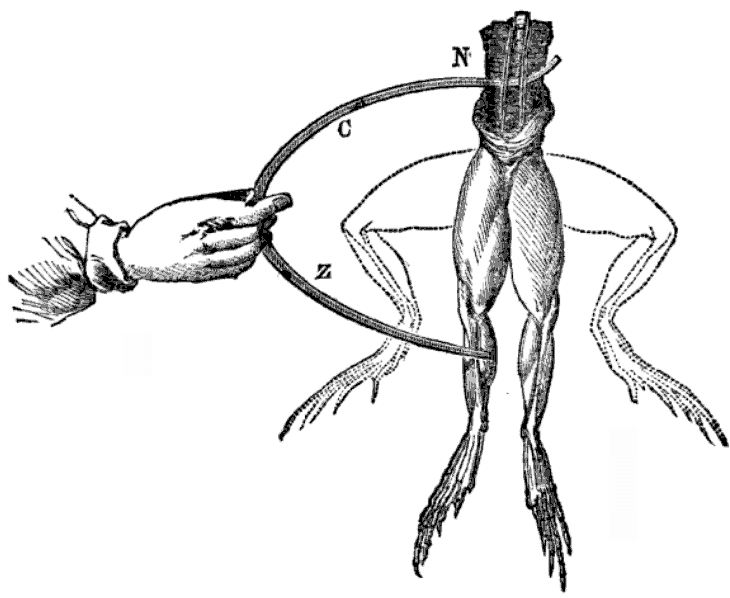The curious history of batteries
Imagine a world without batteries. All those portable devices we depend on would be so limited! We’d only be able to take our laptops and phones as far as the reach of their cables, making that new running app you just downloaded onto your phone fairly useless.
The invention of the battery as we know it is credited to the Italian scientist Alessandro Volta, who put together the first battery to prove a point to another Italian scientist, Luigi Galvani. In 1780, Galvani had shown that the legs of frogs hanging on iron or brass hooks would twitch when touched with a probe of some other type of metal. He believed that this was caused by electricity from within the frogs’ tissues, and called it ‘animal electricity’.

Volta, while initially impressed with Galvani’s findings, came to believe that the electric current came from the two different types of metal (the hooks on which the frogs were hanging and the different metal of the probe) and was merely being transmitted through, not from, the frogs’ tissues. He experimented with stacks of layers of silver and zinc interspersed with layers of cloth or paper soaked in saltwater, and found that an electric current did in fact flow through a wire applied to both ends of the pile.
Volta also found that by using different metals in the pile, the amount of voltage could be increased. He described his findings in a letter to Joseph Banks, then president of the Royal Society of London, in 1800. It was a pretty big deal (Napoleon was fairly impressed!) and his invention earned him sustained recognition in the honour of the ‘volt’ (a measure of electric potential) being named after him.





